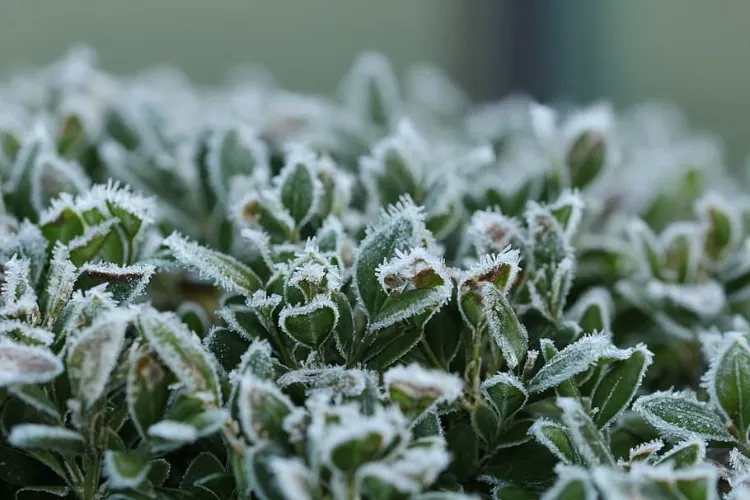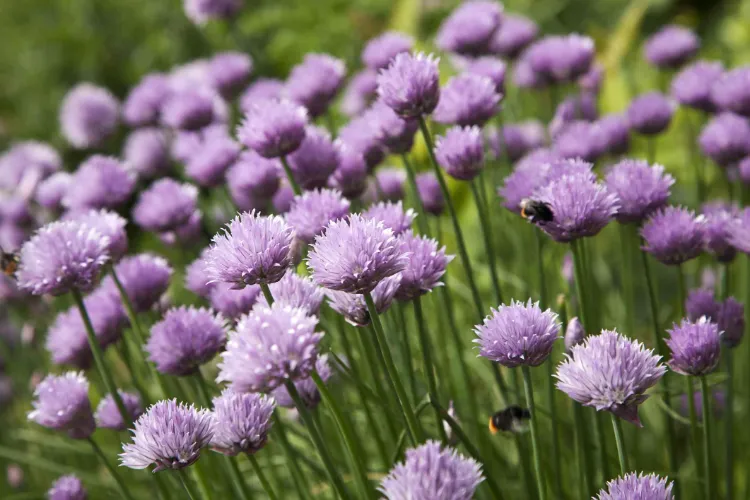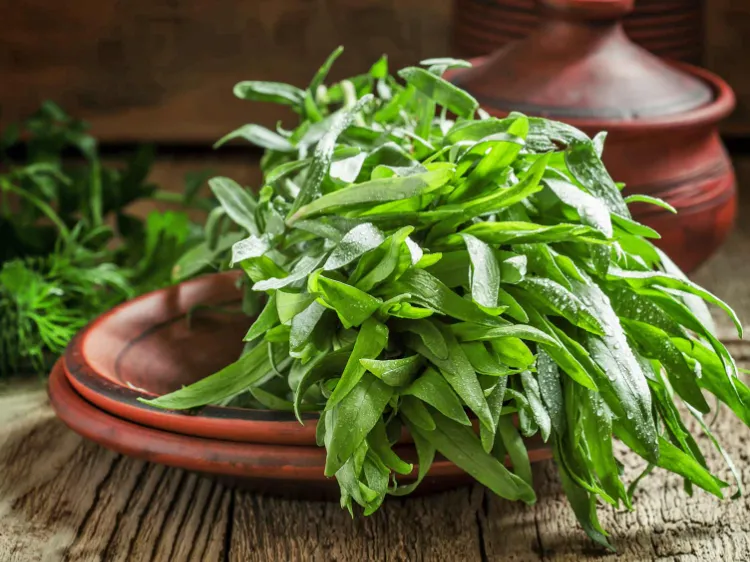Want to enjoy the aroma of perennial herbs in your garden? Which are the cold resistant aromatic plants to plant in October? And those who don’t fear frost? Does thyme tolerate cold? The Deavita.net editorial team presents a selection of fragrant plants that will adorn your beloved spaces even in the cold of the frosty months! Let’s see what plants are there!
Which Are the Cold Resistant Aromatic Plants?

sites.uw.edu
Aromatic plants are renowned for their essential culinary spices, their healing properties, and the incomparable beauty they offer in fall and winter. Do you live in an area where frost and freezing temperatures are common? In this case, choose sustainable varieties that will guarantee you a magical aroma. The enchanting scent of rosemary, the unique and unforgettable smell of sage, or the amazing healing properties of thyme? Maybe they are all frost-resistant?
Rosemary for an Everlasting Fragrance

homefortheharvest.com
Majestic rosemary is a hardy plant that can tolerate temperatures down to -20°C/-4°F if the soil is drier. The plant flowers from February to all year round in Mediterranean regions. Its dark green leaves are so familiar to cooks who use them to flavor fish, meats, sauces, and even cocktails. This fragrant plant is easy to grow in a pot, in a planter, or in the garden. Its roots spread quickly, so it is best to transplant it every two years.
Lavender for an Unforgettable Aroma

Lavender is such a robust and resistant plant that it can be found everywhere! It flowers and withstands unimaginable heat, but it is also an extremely cold-resistant plant, with survives in temperatures down to -17°C/1°F.
Its purple flowers attract beneficial pollinating insects to the garden. Lavender can be planted in spring or fall. Improve the original soil by adding organic additives. Plant aromatic plants about 50 cm/19.68 in from each other.
Mediterranean Thyme with Medicinal Properties

athomearkansas.com
Does thyme tolerate cold? The queen of flavor and medicinal value likes to be planted in October, as well as throughout fall, to give it more time to establish itself over winter. Mediterranean thyme does not fear frost, but it does fear humidity.
Thyme is a plant valued in the garden for a number of medicinal properties, which are mainly linked to the immune system or the healing of respiratory diseases. The cold-hardy aromatic herb to plant in September likes well-drained soil. To plant it, dig a deep hole in a sunny location and add a little sand or gravel. Water thoroughly after planting.
Cold Resistant Aromatic Plants: Chives

Chives are a perennial plant that survives temperatures down to -20°C/-4°F. It belongs to the “Alliaceae” family and ranks alongside garlic and onion. The aromatic herb to grow in fall can reach a height of 30 cm/11.8 in and is rich in vitamin C, B2 and potassium.
The plant does not need to be protected from severe frosts, but if it does not receive rain, it is good to water it during the winter season. It is advisable to prune the stems in fall. Growth usually lasts until October, with green leaves and spherical flowers. Provide cool soil.
Read also: What Plants Bloom in Winter? – Colorful Shrubs for a Beautiful Garden During the Cold Season!
Tarragon As a Fragrant Perennial Plant

Tarragon is a perennial plant native to Russia, which has glossy green leaves and stems up to 80 cm/31.49 in tall. The aromatic herb in the green kitchen fears frost, but can withstand temperatures down to -13°C/8°F. It can be sown under a cover in winter or early spring, keeping a spacing of 20 cm/7.8 in between seeds.
Germination usually takes 2 weeks if you water it regularly. Maturity is noticeable after about 2 months, and it blooms with small greenish-yellow flowers until October. It can be planted in pots and installed on terraces and balconies. Tarragon likes to bask in the sun, but its roots prefer cool temperatures.
Which Aromatic Plant Does Not Fear Frost?

onegreenplanet.org
Which aromatic plant does not fear frost? Dear gardeners, we have seen part of the list of aromatic plants that can be sown in October and which do not fear frost. Among thyme, tarragon, rosemary, sage, mint, parsley and dill also take pride of place. Some of them require specific care when growing, but you can be sure that they will give you an unforgettable aroma and stamina during the winter evenings!
Also read: DIY Indoor Herb Garden: Grow Aromatic Additions for Your Dishes at Your Fingertips
